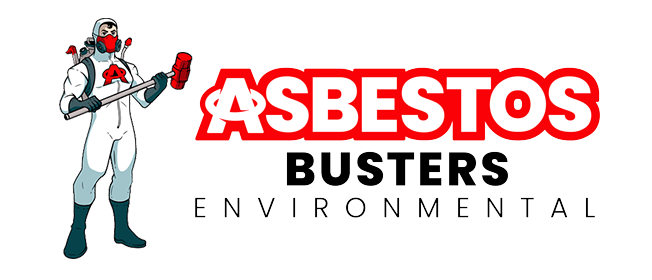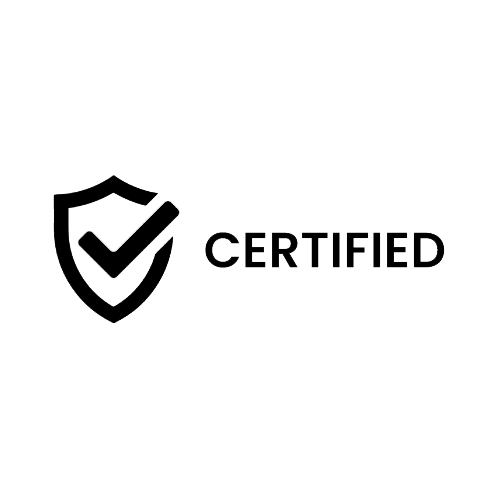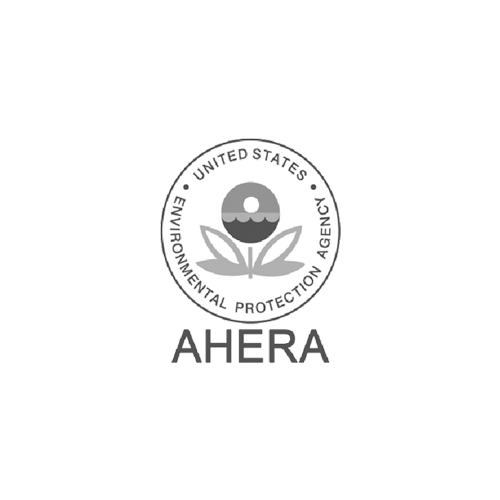RESIDENTIAL AND COMMERCIAL
Asbestos Testing in Vancouver
Don't wait until it becomes a costly and potentially dangerous problem. We offer comprehensive asbestos testing services to provide peace of mind and proactive protection for your home or business.
UNMASK THE HIDDEN THREAT:
Why Asbestos Testing Matters
Asbestos may seem like a relic of the past, but its dangers remain very real. This naturally occurring mineral contains microscopic fibers that, when inhaled, can cause devastating health problems like lung cancer, mesothelioma, and asbestosis. The scariest part? Asbestos often goes undetected until it's too late.
That's where essential asbestos testing comes in. It acts as your first line of defense, uncovering the presence of this hazardous material before it poses a threat.
DID YOU KNOW?
Approximately 500 Canadians lose their lives each year to asbestos-related illnesses, a preventable tragedy highlighting the importance of proactive testing and awareness.
Asbestos Testing for All Your Needs
At Asbestos Busters, your safety comes first! Our dynamic team is dedicated to providing comprehensive asbestos testing services tailored to you.
Site Management Companies
Public or Private Contractors
Residential Property Owners
Our professional testing services will provide you with peace of mind, ensuring your home's environmental safety during renovation projects.
Uncertain if you fit into the categories mentioned above? No problem! Contact us today, and we'll gladly address any questions you may have!
The Advantages of Hiring an Expert
ACM Identification
We have the training and experience to identify ACMs on your property. This ensures that proper measures and work procedures are followed during your project.
Safety Compliance
Our experts understand the regulations and guidelines related to asbestos testing and removal. They ensure that the testing process is conducted safely.
Risk Mitigation
By identifying ACMs, professionals help mitigate the risk of exposure to these threats, which are linked to serious health issues.
Peace of Mind
Having your property professionally tested provides peace of mind and allows for informed decisions regarding asbestos management and removal.
HOW IT WORKS
Our Testing Process
We adhere to these essential steps, the British Columbia Regulation 296/97, and the British Columbia Regulation 6.59 to 6.69, to guarantee the safest testing methods:
01
Sampling
We take samples from areas of concern and submit them to a certified laboratory for a thorough analysis.
02
Asbestos and Lead
The laboratory determines if asbestos or lead are present and, if so, reports on the percentage and type of contamination.
03
Recommendation
Based on the results of the report, we'll recommend a course of action with regards to our asbestos, lead and mold removal services.
(Any amount of asbestos over 0.5% is considered unsafe and requires action).

WHERE TO LOOK
Uncovering Asbestos in Your Property
Vermiculite Insulation
Drywall Joint Compound on Walls & Ceilings
Vinyl Floor & Ceiling Tiles
Insulation on Pipes
Popcorn Ceilings
Stucco
We adhere to the 0.5% industry
standard, alerting you to any concerns and helping you make informed decisions for a safe and healthy environment.
Common Questions: Asbestos Testing









